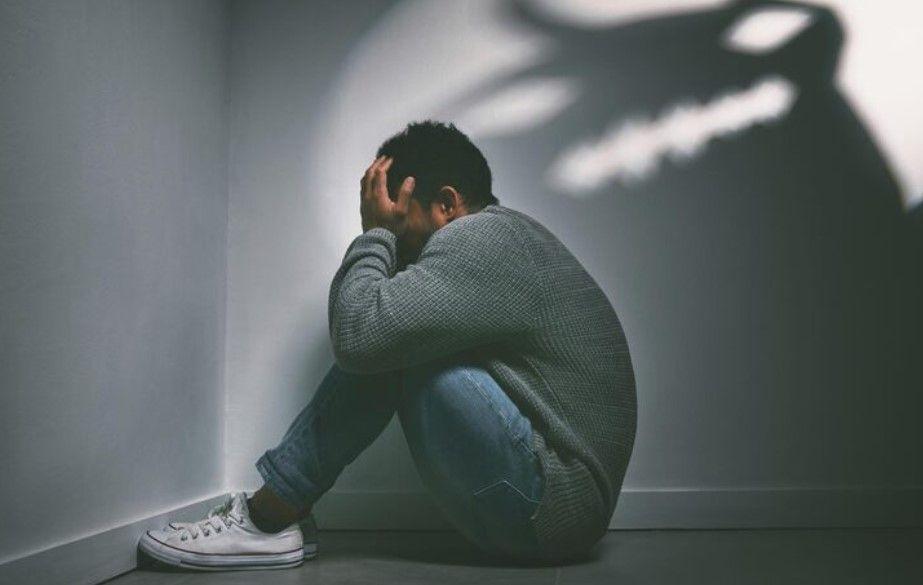Alcoholism in 2025: A Global Reckoning
Despite some regional declines, global alcohol-related health issues are rising, with binge drinking and underage use still prevalent. The WHO reports 6.5 liters of pure alcohol consumed per capita annually. Public health campaigns now focus on harm reduction, mental health integration, and reshaping cultural norms around drinking.
The Global Landscape: Consumption, Consequences, and Contradictions
According to the World Health Organization, global alcohol consumption averages 6.5 liters of pure alcohol per person annually. While some regions report declines, others—especially in low- and middle-income countries—see rising rates of binge drinking, underage use, and alcohol-related deaths.
Key trends in 2025 include:
- Increased alcohol use among women and youth, driven by marketing and social media normalization.
- Rising alcohol-related liver disease and mental health comorbidities, especially in urban centers.
- Cultural contradictions, where alcohol is both glamorized and vilified, creating confusion around moderation and harm.
Alcoholism as a Mental Health Issue
In 2025, alcoholism is increasingly recognized as a chronic brain condition, not a moral failing. Neuroscience reveals how alcohol hijacks reward pathways, impairs executive function, and exacerbates trauma. Treatment models now integrate:
- Dual-diagnosis care for co-occurring disorders like depression and PTSD.
- Trauma-informed therapy, acknowledging that many drink to numb emotional pain.
- Psychedelic-assisted recovery trials, exploring substances like psilocybin for alcohol dependence.
Treatment Innovations: From Abstinence to Harm Reduction
The traditional abstinence-only model is giving way to harm reduction strategies that meet people where they are. In 2025, leading programs offer:
- Medication-assisted treatment (e.g., naltrexone, acamprosate) to reduce cravings.
- Digital recovery platforms with virtual support groups, relapse alerts, and AI-driven coaching.
- Community-based interventions, especially in underserved areas where stigma and access barriers persist.
Policy and Advocacy: Shifting the Narrative
Governments and advocacy groups are pushing for stronger regulation and public education. In the Philippines, for example, health advocates are calling for:
- Stricter advertising controls, especially targeting youth and vulnerable populations.
- Alcohol-free zones and events, promoting sober socialization.
- Integration of alcohol screening in primary care, making early intervention routine.
Globally, there’s a growing call to treat alcoholism not just as a personal issue—but as a societal one shaped by inequality, trauma, and corporate influence.
Language, Stigma, and Recovery Culture
The language around alcoholism is evolving. Terms like “alcoholic” are being replaced with “person in recovery” or “person with alcohol use disorder,” reflecting a shift toward dignity and person-first care. Recovery culture in 2025 is:
- More inclusive of diverse identities and experiences
- Less focused on shame, more on empowerment
- Rooted in connection, purpose, and long-term healing
The Reckoning Ahead
Alcoholism in 2025 is not just a health issue—it’s a mirror reflecting our collective values, vulnerabilities, and blind spots. The reckoning is here: in our policies, our communities, and our conversations. And with it comes an opportunity—to build systems of care that are compassionate, evidence-based, and truly transformative.
CATEGORIES












